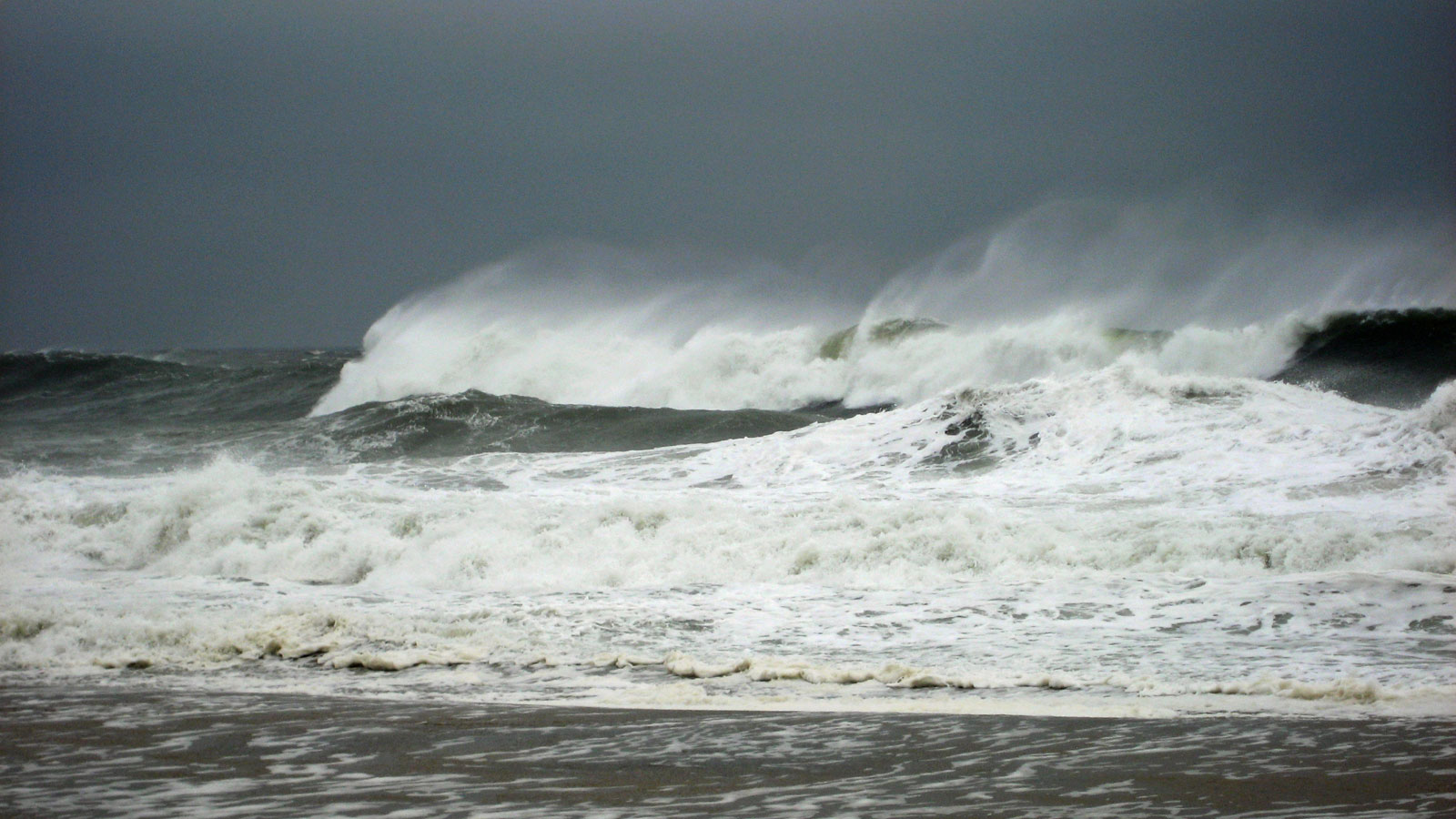Hurricanes are powerful. They can tear the roofs off houses and cause dangerous floods. Their impacts are even felt at the bottom of the ocean.
Scott Noakes of the University of Georgia has been monitoring water quality at Gray’s Reef National Marine Sanctuary for 15 years.
His group has seen carbon dioxide levels steadily rise over time, which is no surprise because the ocean absorbs carbon pollution. But they’ve also observed unexpected spikes.
“We didn’t see these peaks on the surface,” Noakes says. “We only saw them on the sea floor.”
He realized they coincided with extreme storms.
He explains that ocean sediment contains carbon from decaying plants and animals that have settled on the ocean floor.
When a hurricane hits, the turbulence and pressure changes draw carbon out of pockets in the sediment. That makes the water near the sea floor very acidic.
He says the sponges, sea squirts, and corals down there can tolerate some fluctuations in acidity. But as the climate warms and hurricanes get stronger, the spikes will get bigger.
“The question is: At what point can they no longer handle that?” he says.
So Noakes says more research is needed to understand the impact on marine life.
Reporting credit: Sarah Kennedy/ChavoBart Digital Media
Source link


